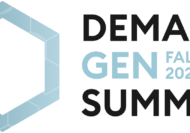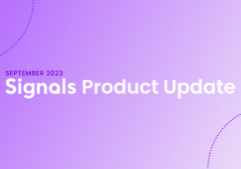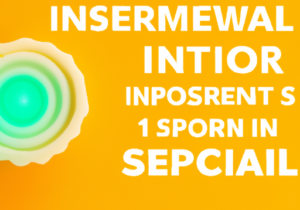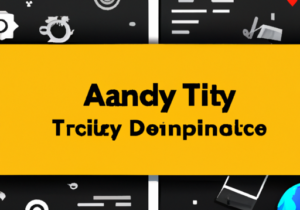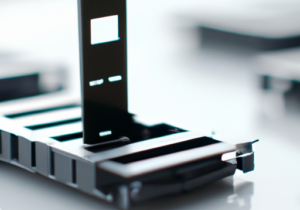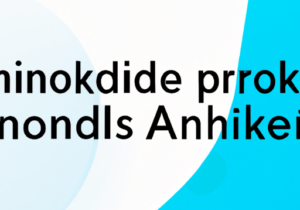Reading Time: 4 minutes
The adage “slow and steady wins the race” sounds frequently in our ears. The story of the tortoise and the hare, often credited as one of Aesop’s fables, has withstood the test of time for nearly 1,500 years. In many situations Aesop is correct: if you work slowly but consistently, you will often succeed better than if you work fast for a short while.
Every industry and every company has their own unique set of opportunities and challenges. In some industries, the slow and steady approach makes perfect sense. However, in this fast-paced world, it seems that most companies favor speed when it comes to customer acquisition. In the midst of a globalized, demand-controlled economy, can slow and steady stand a chance? Let’s look at one aspect of customer acquisition that is sweeping the online world like a tidal wave: live chat.
Have you ever lost a prospective customer because you weren’t able to get back to them fast enough? You likely know the feeling well: for some reason, you can’t get to the voicemail or email from the potential lead until the opportunity has already passed. It’s too late. The opportunity that could have been your sale has now moved on to graze in other pastures. Live chat is a tool thousands of companies have utilized to allow their sales/support team to speak directly and immediately with website visitors.
Does the rapidity of your team’s live chat response influence your site visitors? Can live chat response time affect the rate at which you book meetings, capture emails, or qualify leads? We created an experiment to test just that. Check it out.
Experiment Tactics:
The experiment focused on conversations from five bots on a website where one of the primary objectives is email capture. The experiment contains the following elements:
- Five bots on five separate web pages with the primary objective of obtaining an email address for each conversation held. (We define a “conversation” to be when a site visitor answers any question asked by the bot.)
- All conversations were automatically tagged with an “email captured” tag when an email address was received in order to enable simple and accurate data results.
- Using regression analysis, the response times of 317 conversations with no email captured (dependent variable) were compared to the response times of 128 conversations in which an email was captured to measure the possible effect of response time on the email capture rate.
Audience Parameters:
A site visitor had a conversation with a bot between the dates of 9/3/19 and 10/19/19. To be counted as an email capture, the site visitor must have submitted a valid email address to the bot.
Experiment Constraints:
The experiment data excluded hours outside of regular business hours. It excluded any response times above 10 minutes as well as non-business emails or emails with an invalid email addresses. The experiment also didn’t consider conversations which didn’t have any response from an agent.
Sample Size:
- 445 site visitor conversations with a bot.
- From the 445 conversations, 128 resulted in an email being captured.
Results:
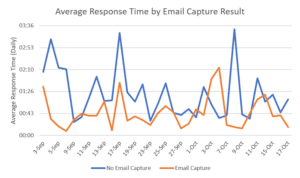
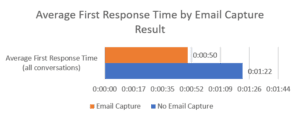
Results showed that the average initial response time for conversations which captured an email address was 32 seconds faster than the response time for conversations in which there was no email capture.
We also ran regression analysis on the data, designed for binary outcome variables, converting the coefficient into a probability.
The data also showed that every minute of delay in response time decreases the probability of capturing an email address by 12%. The statistical significance of these findings is set at 99.7%. Not to mention economic significance implications for businesses. If you knew that every minute costs you 12%, how would you stack your live chat response team?
Conclusion:
Yes, the tortoise eventually beat the hare. Yes, it makes sense to “nail” a company before you “scale” it. But in many B2B (and often B2C) companies that are trying to sell to customers who have scores of competing options with the click of a mouse, rapid response times must also be carefully considered. In these cases, if slow and steady wins the race, wouldn’t fast and steady be even better?
Just tell me what I need to do…
What recommendations and best practices do we recommend to anyone who engaged in the race to talk to the customer first, most effectively, and most consistently? What factors and behaviors contribute to a solid live chat experience for both the agent and site visitor?
Here’s a list of 6 tips to help summon your inner hare, while still maintaining the stamina of the tortoise:
- Adjust notification settings so that you’ll be alerted via sight, sound, vibration, or other means whenever a conversation is initiated on your site.
- Utilize a mobile app—if possible—to allow access to conversations during times when you may be away from your desk but still want to engage in conversations with potential customers.
- Enable integrations within your internal messaging software such as Slack.
- Be vigilant about marking whether you are available or unavailable for chats.
- Be consistent. Find what works best for you and stick with it.
- Avoid the attitude of denying or minimizing the impact of missed conversations or long response times. This attitude often surfaces in statements such as “It’s not my fault, I was going to the bathroom” or “It’s not a big deal.” Remember….by missing a chat you may have missed an opportunity to capitalize on another potential customer. But because it took so long the site visitor closed the window or opened the web page of one of your competitors.
Most customers have become accustomed to instant gratification. Nearly all answers—and all competitors for that matter—are at the customer’s fingertips, which makes it critical for companies to optimize every process, automate what can be automated, and mitigate any potential time-sensitive risks to losing the customer. Responding quickly and consistently can put your company at a major advantage in the race to acquire customers.
READ MORE
Start seeing your Buyers' signals
Signals is helping companies automate, grow, and close sales pipeline with industry-leading predictive intent scoring, lead generation, and real-time engagement.








